Why I switched to the Medium Format platform.
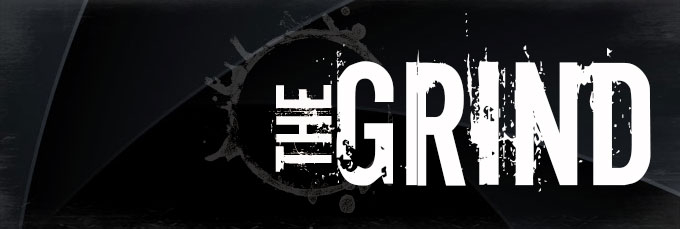
**This is not a scientific test. This is my reasoning – logical or otherwise for switching to the medium format platform. Read and enjoy it for what its worth. 😉
Today is an incredible time to be a photographer. Amateurs and professionals alike are enjoying the ever increasing features of their DSLRs. more megapixels, HD video, low light performance, its all there, right?
Well, no. It’s not. See, I make the argument, and I am sure I will get lots of nodding heads here, today, everyone is a photographer. Now, you may not like it, but its still an accurate statement and a problem we have no control over. In addition, today’s cameras want to be everything to everyone. Photography, video, audio, etc, etc. Let’s do it all in the camera say the camera manufacturers. Sounds great in theory, but its creating this mentality with both photographers and clients that anyone can do what we do. Truth is, not everyone can do this. There is more to being a professional photographer than just clicking the button.
There is without a doubt an art to what we do. We all have our own unique vision of the world, its what makes us artists. And we all have access to some amazing tools to bring our vision to life. These tools are not just the camera. These tools are everything from lighting, composition, posing, emotion, story-telling, editing, and yes, your camera are among many other facets required to being an artist. Too often in our industry, people pick up a camera and then consider themselves a professional. I get it, we all have to start somewhere. I, like many other photographers, started as a hobbyist. There is nothing wrong with that. However, for the past 8 years, I have been on a personal journey to improve my craft and be the best I can be. Which leads me to the very point of my article.
In wanting to offer the very best for my clients, I soon began to realize that I needed a way to really stand out from the crowd. I wanted my images to have a look and feel to them that was different. Make no mistake, not all digital cameras are alike. There is more to it than just megapixels. That’s like saying the difference between a Hyundai and a Ferrari is horse-power. Its just absurd. Its about quality, quality, quality. Yes, there are many cameras out there touting high megapixel count and hell, you can get a new camera phone that’s 40megapixel now. So, are you trading in your DSLR for a camera phone yet? Of course not and that means at the basic level you are picking up what I am laying down here.
Look, I am not going to lie. When the people of Phase One reached out to me about taking a look at their cameras I scoffed at them. I shoot a Canon 1Dx – what more can I need? I look back at that moment and realize how truly ignorant I was to the medium format platform. They came out to my studio and brought with them the IQ260. I had arranged for a model to be on hand in our studio to really give this thing a test. The results can be seen here in my first post about medium format – Phase One IQ Review I was immediately blown away. The results in camera looked nothing like anything coming off my camera before and this was before any post production had been done on the images. This was my studio, my lighting set up etc. The only difference was the camera and that very fact blew my mind that day. It didn’t matter how much time I put into all the other aspects of my work and education – there was no scenario I could ever get my images to have that level of detail out of camera on the 35mm platform. I was forever tainted. I HAD TO HAVE ONE. Now, I can sit here and get into all the scientific mumbo jumbo that the companies want to put out there in their marketing material that honestly makes us feel stupider after we read it because we are talking microns and light waves and prisms and whatever the hell else they are talking about, but we are photographers and we are visual. So, lets see some visual proof! On a recent trip to China, I was speaking at a workshop talking about the benefits of the medium format platform and how the quality was far superior to that of 35mm. And someone asked me if I really thought it was that much better and I thought… don’t take my word for it, lets prove it. So, we were at a hotel conference center, no fancy studio, with a 3 light setup – main, fill, and hair. He had a Canon 5d M3 and I had the Phase One IQ250. We used the same exposure settings and similar glass. We then zoomed in to the same level to show the side by side difference. The results absolutely speak for themselves. This is with nothing being done to the image AT ALL. No photoshop, sharpening, exposure, etc. It is what it is. And if after looking at the results, I would be shocked if you don’t see yourself eventually moving towards the medium format platform. For me, it became a no brainer. It was something we had to do to stand out.
CLICK TO SEE LARGER
And please realize, I have intentionally left out all the features of the platform, because that’s just icing on the cake. One thing should matter – quality pixels and details.
Now, you might be wondering, “why do I need this level of quality Sal?” I am never going to blow these images up to be on a billboard somewhere. That would be correct. However, the old adage “garbage in, garbage out” is all you need to know. More data is never a bad thing – its why we shoot RAW vs JPG, so that we have more quality data to work with in our images. Same concept here. End of day, your images will just look crisper, have more detail and larger dynamic range, and ultimately, allow you to stand out from the crowd.
The next thing you are going to start worrying about is price. And that is a reasonable concern. Here is the thing, this is your business, your livelihood. This is your tool of the trade. When you walk into a room with a medium format camera people take notice, including your clients, who have no idea what the difference is. Perception is reality, but the reality is that’s not the reason I switched. It was purely about quality. When it comes to cost, I want you to consider that these cameras hold their value. How much is that Canon 5d worth today? Can you even give it away? Then I want you to realize, you can buy one used and completely refurbished for just a little more than a Canon 1Dx. Then… I want you to consider they offer leasing options for these cameras because they hold their value.
If this is something you are serious about, you have options. Remember, we all have money for the things we want to have money for and this is no different. And for what its worth, my money is on a company called Capture Integration. They sell and support medium format cameras and equipment and are one of the best companies I have ever worked with. Best of all, you can rent one before you buy. So, if my personal testimonial is not enough, then I encourage you to call them up and rent one for a few days and get out there and play. It will change the way you see the world.
Good luck.
Enjoy some recent images taken using the Phase One IQ250 and IQ260

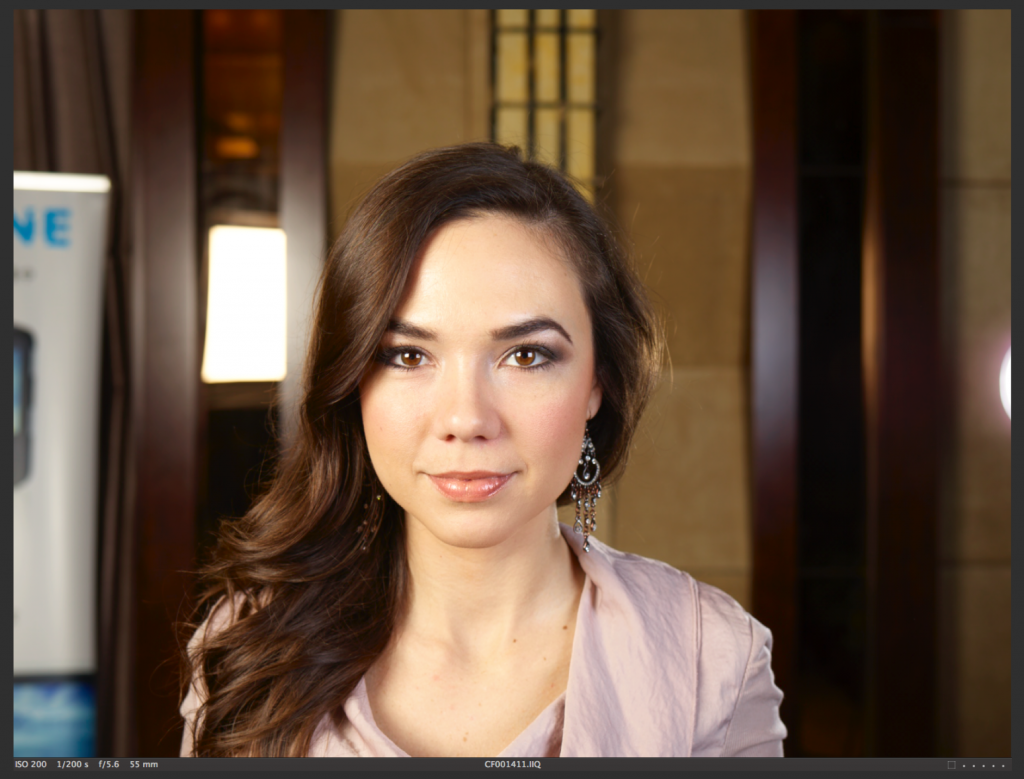
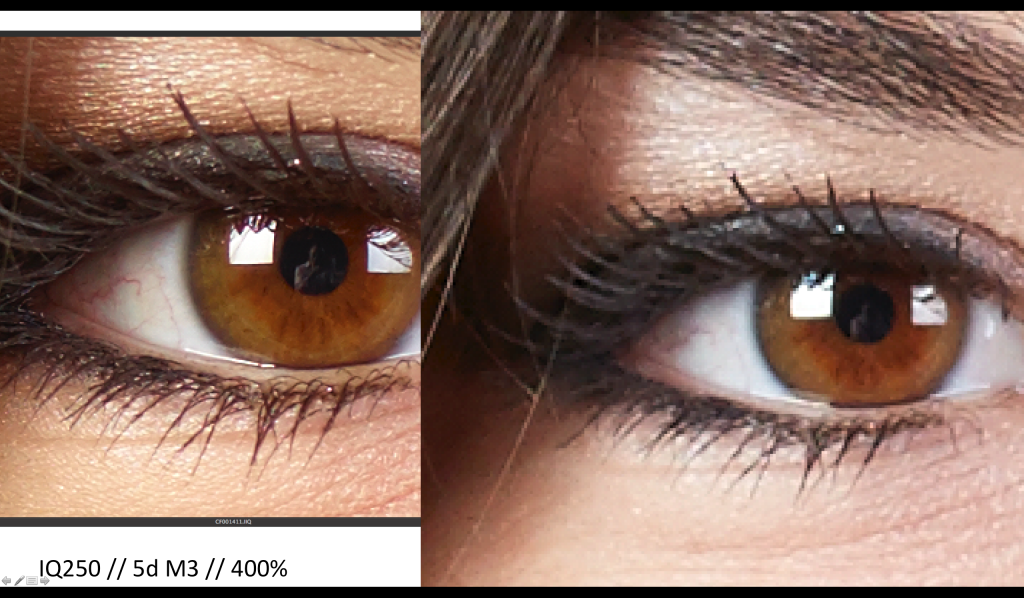
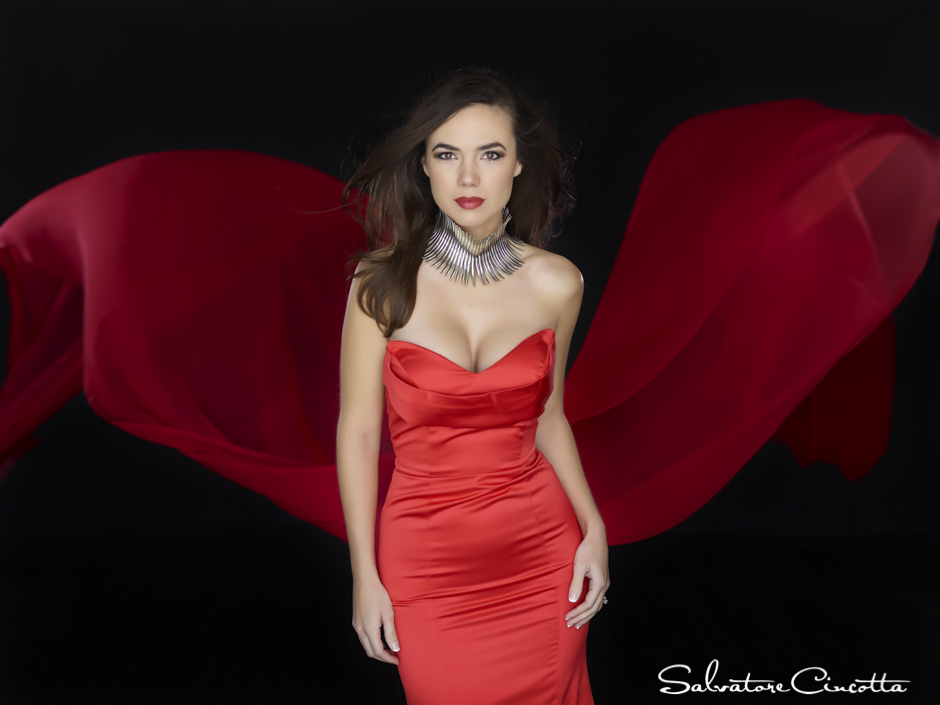
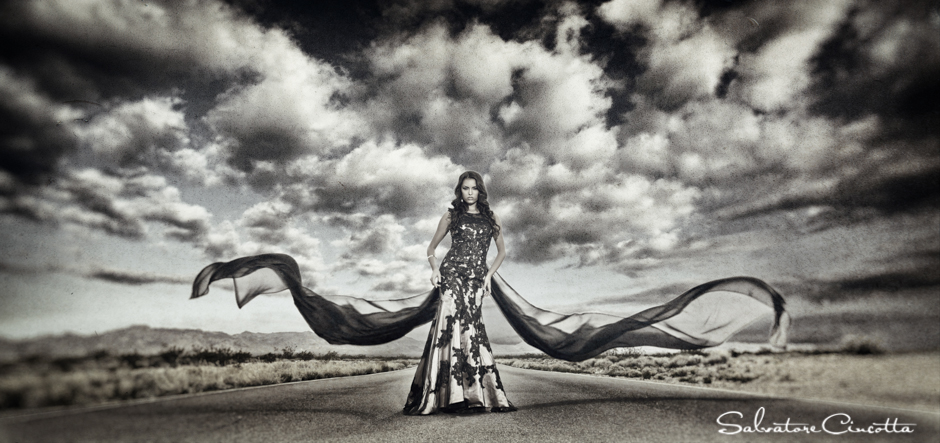
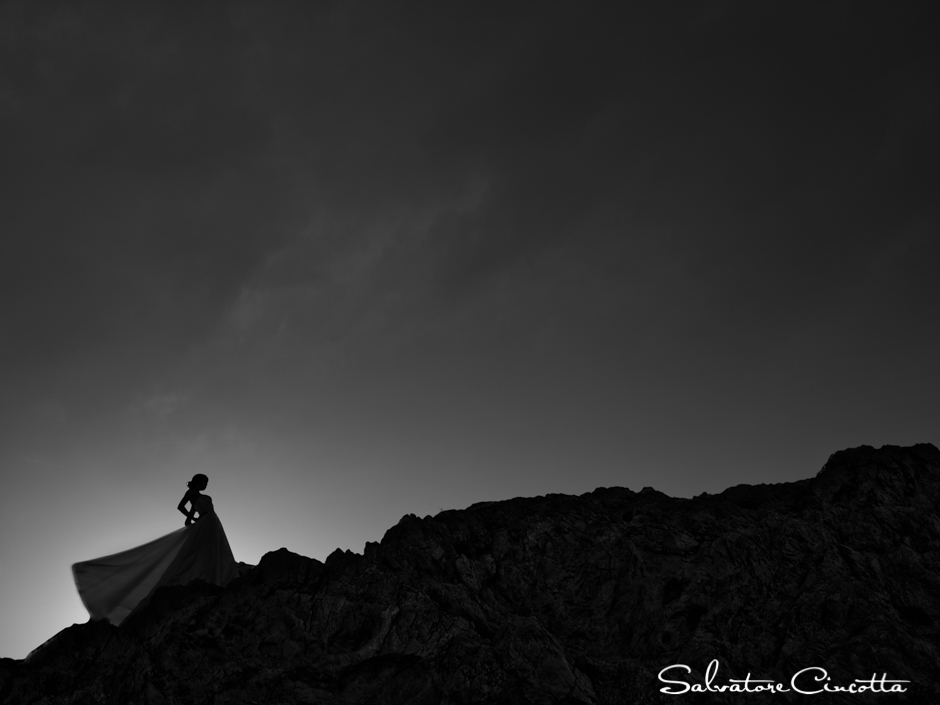
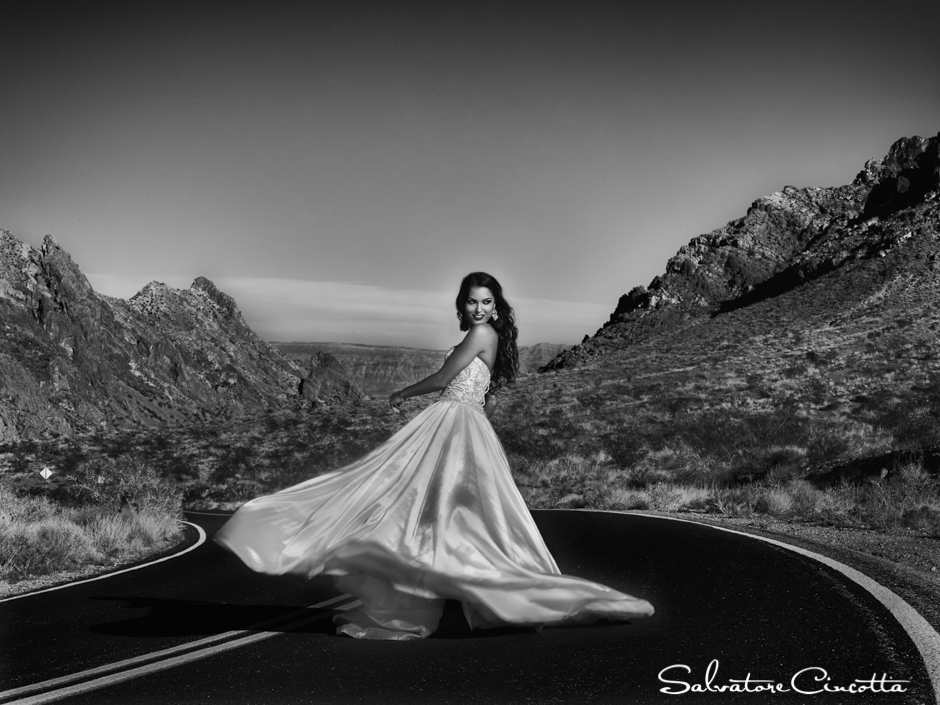
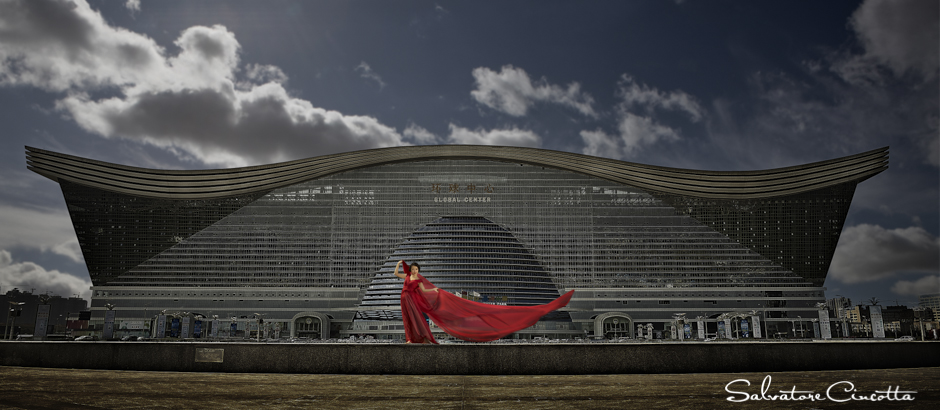
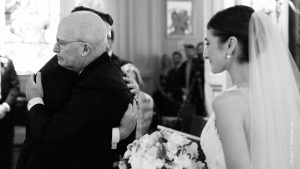
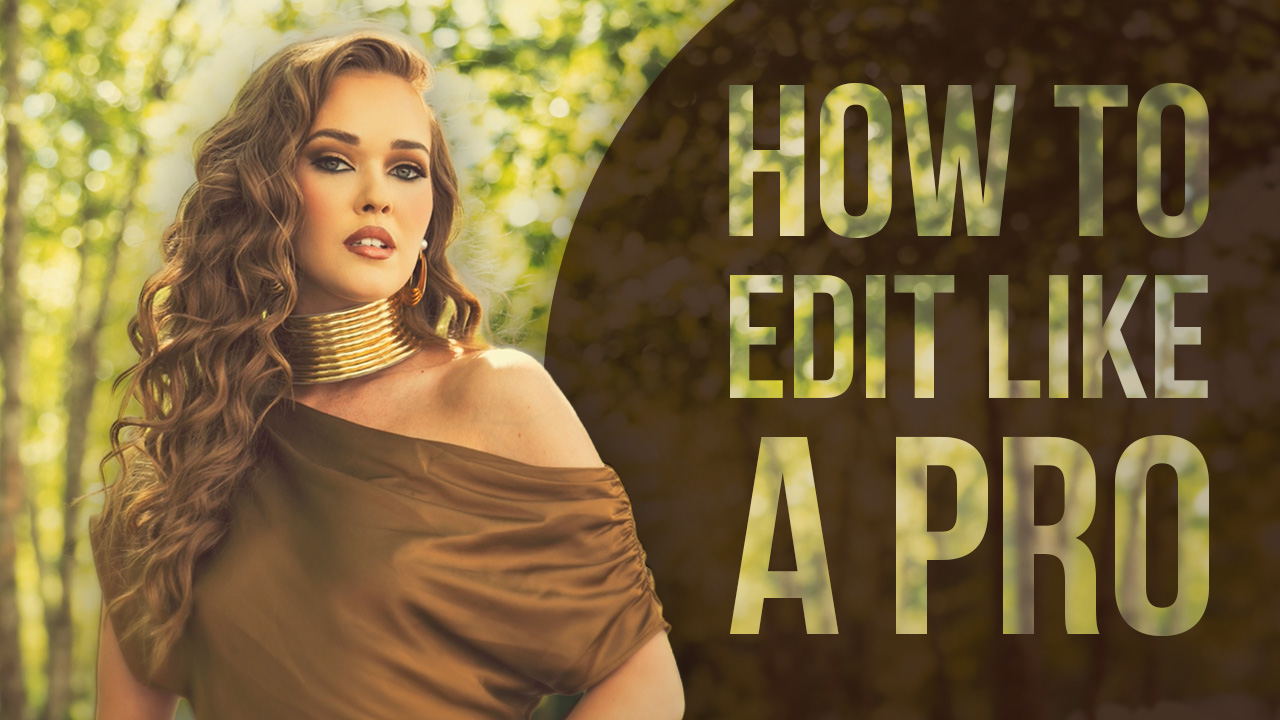
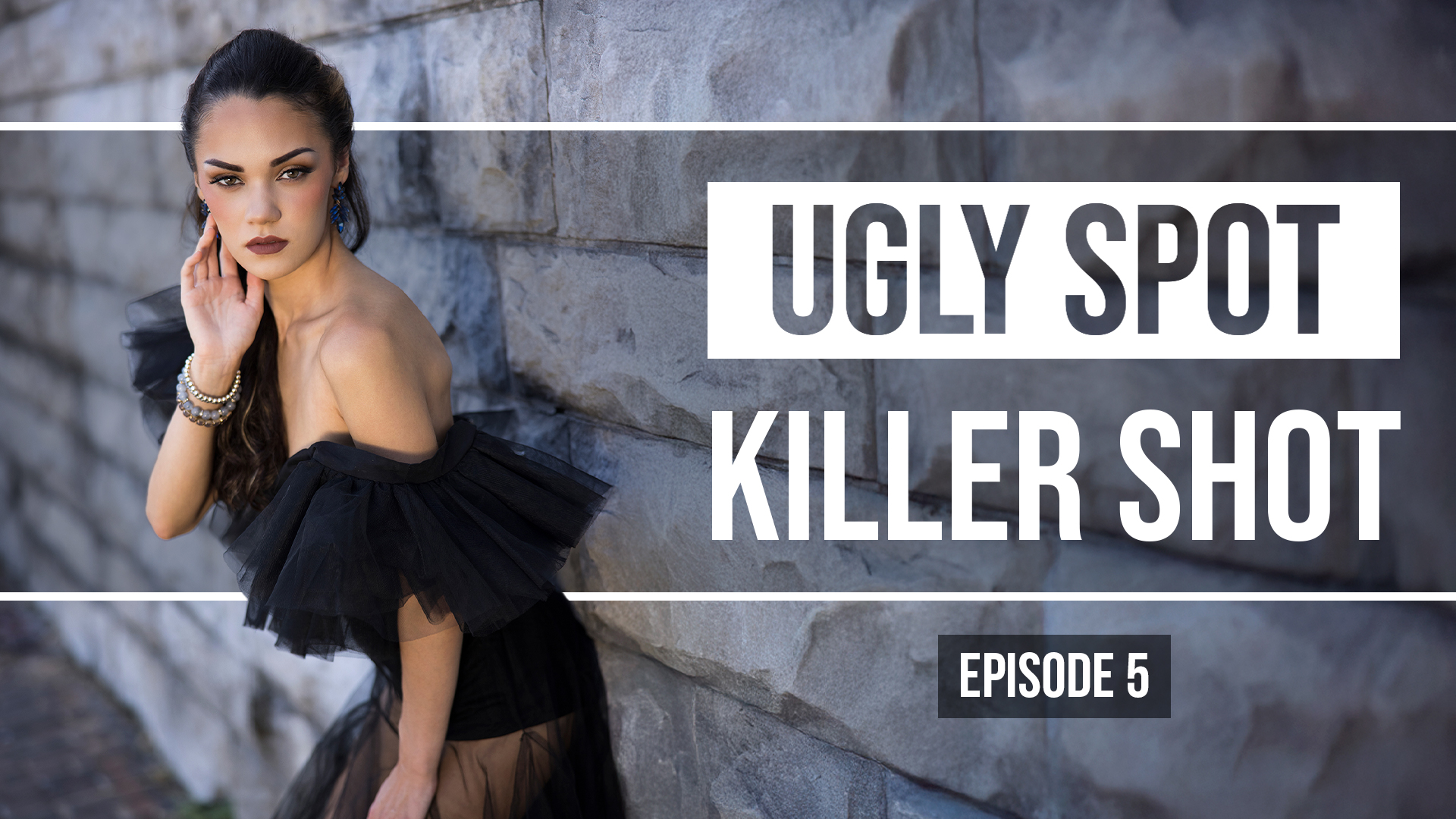

This Post Has 52 Comments
medium format isn’t being replaced by 35 mm or mirrorless anytime soon. The medium format market is actually growing especially with the CMOS sensor. Until you have used one, you won’t get it. I had the same feeling Sal described of being ruined for 35mm. I used the IQ250 shooting a McLaren 650S and it was absolutely unbelievable. One thing that 35 mm can’t touch is the color depth( 35mm being 14 bit- 16,000 tonal values vs medium format being 16bit- 63,000 tonal values). It’s a different world and if color reproduction and absolute image quality is needed, medium format is king. Getting my Mamiya Leaf Credo in the next week!
Whilst I respect your personal opinion, the fundamental reality is that the image quality gap is closing fast, and far more medium format digital professionals are moving out of MFD towards more affordable smaller-format digital hardware than the other way round. In this respect you are in a small minority. The likes of Phase One and Hasselblad are losing what little market share they currently have. As technology continues to advance and hi-tech mirrorless high resolution cameras evolve to become globally accepted, not only will we see the demise of the traditional DSLR but the possibility of existing medium format digital manufacturers going out of business is increasingly probable unless they adapt far more quickly than they are currently doing so to the changing digital landscape.
I dream to get a digital medium format camera but It is so expensive… I had 2 wonderfull medium format cameras, a Mamiya 6 with a 75mm and a 150mm, and a Mamiya 7 with a 80mm. Lenses were expensive but It was possible to get the body and a 75mm lens for about 3000€… To get a digital medium format camera it costs at least 15 time more…
Thanks for your opinion! Real honest opinions are always helpful. Looking more forward to trying one since your article.
Best Regards,
Ken Rada
Very patient & respectful answers Sal. Sometimes to less than justified criticism about your “shout it from the rooftop” approach. I enjoyed the read, and your process behind the move.
In a recent photographic travel editorial about a voyage of a lifetime to the remote Arctic Circle by Joshua Holko, Peter Eastway and others. Peter shares his reasons behind his choice of camera equipment for this journey. His images were captured on an Alpa TC with Phase One IQ180 back & Rodenstock lenses, or a Nikon D800E, the latter being used for wildlife with a longer lens, “but also in the low light of the Arctic twilight, where the Phase One struggled” Peter states. Possibly if the IQ250 with it’s CMOS sensor had been released or available prior to their Arctic trip, then more low light images from the Phase One combo may have been practical.
I have been watching with interest, the development of the Phase One System, as medium format seems a logical next step, not withstanding the cost, for an enthusiast landscape / travel photographer currently using a D800E and prime lenses.
Salvatore, it was not a critique…it just I am surprised that people would even criticise the switch.
If I could afford it and I would work a lot with Fashion, portraits and wedding, I would definitely use a medium format it only enhances your work!
Ps..I agree with John Hartmanon every time..Included point 5..as it is true, I don’t see myself shooting fashion backstage with a medium format..but for all the rest…give me a medium format nd I would happy anytime…
Lucky you Salvatore who can afford it! 🙂
Try to compare IQ 250 with NIKON D800 ( 36 MP ) not with canon ( doesn’t matter what model ). You’ll be surprised ! Best regards !
someone already did. and results still favored the medium format system… definitely google it… i was equally as surprised.
yes there are digital backs for analogue cameras. I used to shoot with them when I was at University..more than 10 years ago!
Obviously, I assume that the new models body and back are design one for each other and they offer more feature , than an analogue body with digital back.
I am not even sure why the article.
it is obvious that digital medium format is better than 35mm. It is always been the sensor (or negative for analogue) is larger!
It’s like comparing a mini cooper with a BMW!
So I am not really sure what the point is.
I would be very happy to write an article between digital medium format cameras. Hasseblad, phase one, mamiya..and the Pentax 645D
If Phase one would like to honour me with a present for a testing..I would be very happy to try them all and compare..
you’re right ambra – i dont know what the point is either… i mean… its an article on why “i” switched platforms. believe it or not, not everyone knows… including myself. many many many 35mm shooters dont understand the difference in the platform or why they would pay more… its just an article on why i switched… as stated its not a scientific paper… just sharing an a ha moment for myself. hope that makes more sense. sal
in response to the gentleman asking about digital backs for his old Hasslblads, I am ie ng a Phase One fkr both my Hasselblads and Mamiya RB 67s. Works great! Far superior to DSLRs.
Hey Sal! Well I bit the bullet and bought my medium format last month. I love it! The detail is exquisite and the amount of information in the file size allows me to be creative without the image breaking apart. While it is not as good in low light as my Nikon D4, it is absolutely fantastic for portraits and full sun shooting with the 12 EV to maintain my blue skies and still capture my bride at 1/1000 flash sync with a leaf shutter lens. Although it took a fantastic dinner out and lots of wine to convince my wife that I needed this “Tool” in my repertoire of equipment, she now sees the light! Now I am just waiting for Phase One to send me to an exotic country to have even more fun with it. How about Thailand Phase One?
Great article! I actually just moved to medium format myself (Mamiya Credo 40). I love it! One day I hope I can jump to the IQ250 as I really do want that higher ISO range. Nice to see other’s making the jump.
So you show a 400% enlargement of the eye to show the small difference between the MFD and a Canon 5D III.
You state that its with similar glass?
What lens was used on the Canon and What lens was used on the Phase One?
Apart from that there is one big problem with this comparison. The focusing system on the Phase One camera simply is not accurate enough to focus
to the type of precision required to obtain the resolution the larger sensor can produce. Above all the limitation of only three focus points will make accurate focusing to the level required not accurate enough for any composition out side of the center of the frame.
Brad – I am not sure why there is so much skepticism – if you believe there is only a small difference between MFD and a 5DMIII then there is no point in me even responding to you. As for the focusing system – its pretty clear the MFD is tack sharp… so not sure what the point is there. Also, you are talking to me like I am not and have never been a 35mm shooter. I own a 1dx today… let me guess, you think there is a small difference between the 1dx and 5d? That too would be false – there are significant differences between those two camera systems – too many to even rattle off. And, there are also many differences between the MFD and 5d. For most, seeing is believing. On the 5d we used their L series glass 35mm 1.4. Dont believe me? I am ok with that… instead of blog banter… rent the system and do your own testing… I promise you… seeing is believing. The differences are significant. The title of the article is why “I” switched. Many photographers have switched for many reasons. While I could have written a scientific article highlighting the quality of megapixels and on and on… I felt there are already many articles written with that…instead, I felt seeing is believing – hence why I showed the image. Good luck. Sal
Just wondering if both of the close up crops or the eyes are opened with the same raw editor with the exact same settings.
everything is the same except the hardware… there is no slight of hand here or post production gotchas… the results are exactly what you see. its mind blowing in my opinion.
The real problem, is that photographers are a dime a dozen today, as billions of 35mm digital cameras with excellent quality flood the market. In order to stand out from the pack, you need an edge. Right now studio/fashion photographers have only one way to go, to remain in the top 1% income bracket, and that is to buy equipment in the top 1% price line. If the customer can see the difference (and they can), then the die is cast.
Fine, Sal, we all know that the medium format excels in some areas (they suck big at high ISO), but they should not cost why a nice car cost. Sorry, if you are selling a 8×10 for $50 you will never recoup your investment.
David – wish i could agree with you here. the iq250 does not suck big at high iso – if you read any of my medium format postings you would see the results – its been used at iso 6400 with no issues. and no need to be sorry… i dont sell 8x10s… my clients come to me for art work – not 8x10s… and rarely if ever do clients come to me for a single 8×10. its about the big picture… like all things in life… there is always going to be a difference of opinion.
hi! interesting. i’ve just started to work with nikon d800e. have you ever done any comparison between that 36mpxl dslr and phase one? regarding the price differences i strongly doubt if you get that much better quality for that much more money you have to invest in medium format. regards tomas
i have not done a comparison – but if you google it – several people have. there is a considerable difference. its not just about megapixels – its about quality in both optics and sensors…
@Nathan – There are medium format backs made for the original Hasselblads – both by Hasselblad (CFV-16, CFV-39, CFV-50 ) and Phase One / Leaf (V mount).
I LOVE what I get out of MFD, and when you play to the advantages, there is no comparison. Printing shows off the little details better than anything – 24″x36″ is a good starting point and I’m still at 300dpi native. Wedding dresses have lots of fine detail that turns to mush in a full body shot on 35mm, and I’ll get that detail with MFD. Having shot the Phase One and getting POCP certification, plus owning a Hasselblad H4D-50, it will change your shooting faster than anything I have ever seen. It takes some hands on time with the platform to understand how you can leverage it, and it isn’t for everyone.
First step with MFD is to figure out who your local retailers are. Sign up and take the Phase One Certified Professional (POCP) class, it’ll teach you about the system, you’ll get a little experience with it. As a side benefit, you’ll get a copy of CaptureOne Professional, a MUCH better program and workflow for tethered shooting of Canon and Nikon systems. Expect another ‘Phase One World Tour’ this summer for the IQ250, and check it out. Then there are the PODAS workshops, where it destination travel with Phase One gear.
Sal and CaptureIntergration have a Medium Format class starting on the 7th, I look forward to hearing how it goes.
It’s similar to shooting film cameras in 35mm and medium format. When you see the difference in darkroom that very first time and then in print quality you are just blown away. Medium format cameras may be a bit more cumbersome to work with at first but so worth it. Great work Sal, as always. Thank you.
I can’t ignore the timing of this article. My new-to-me hasselblad H4d with less than a thousand clicks showed up today. Body, back, finder, 120mm macro and a 50-110 zoom for what I could part with my Canon kit for on the used market. I’m going to put them through the paces, side by side, for the next month to figure out is this a need or a want. I can tell you now, just from the few test shots I’ve taken, I haven’t seen sharpness like this is a raw file in ANY DSLR camera. If this really does have that intangible “thing” we see in medium format images, the Canon kit goes up for sale. My work is probably 90% ISO 100-200 so low light doesn’t mean much to me other than some street portraits or snapshots of my kids. For that, I’m thinking a Fuji might be a nice change of pace to fill in where medium format leaves off.
Thanks for the article Sal!
Interesting article. I have a question. I grew up on film and have a Hasselblad camera set up. I love the cameras with leaf shutters, probably the best optical system ever made. Can digital backs be used on those cameras? Please excuse my relative ignorance on this issue. What I really would like is a digital back for my Hasselblads. A square one would be even better.
no need to apologize – thats what we are here for. i want to say i dont think you can – you might be able to find a way to convert it – but they have bodies made for the digital backs – i would contact capture integration – those guys would know for sure!
I am in awe…..I am most definitely a hobbyist when it comes to photography. Some people say I should give myself a break, but I am a realist and I know I take good photographs but I am not great., but I am constantly learning and trying new things and experimenting. I have never been and will never be a stick it on auto and shoot kind of person and what really pisses me off is people who go out, and spend a decent amount of money on a good DSLR, leave it on auto and then somehow manage to make a living shooting wedding or doing portrait work, while those of us who appreciate the art work and work and learn and learn and aspire to be like…well aspire to be like photographers like you…..
You raise good points here, Sal. I, too, am a believer in separating and elevating one’s work in whatever ways possible. About a year ago I purchased a medium format system and have in that time been able to experience first hand the real and the perceived differences, as well as to dispel a lot of the gobbledygook that circulates the Net (mostly from people with no experience with the format):
1: The greatest differences in photographs show up after 30 inches. Larger than 40 inches and there’s no comparison. In terms of acuity, an up-to-24 inch photo shot on a DSLR with the best L or ED glass compares favorably with an MF print also shot with premium glass. That said, the 16-bit files on the medium format sensor are richer and have far more dynamic range than the 14-bit DSLR files. Look at the same images above and even though the sharpness may be similar in smaller prints, there is a distinct (and better) tonality, especially with skin tones – regardless of finished image size. This is where comparisons with the d800 fall flat.
2: Medium format requires a different shooting mindset. I shot with Hasselblad film cameras for 25 years, where tripods were necessary and making every shot count was a requirement. This deliberate slowing down of the process forces one to think about each photograph more, which improves the quality of the output regardless of format. Being able to use the camera at ISO 1600 still does not make it a good sports camera. So it’s important to know which tool to use, and when to use it.
3: If you’re going to pay the premium for this toolset, be prepared to show and sell lots of large images. (See #1 above). Medium format files easily and beautifully print 50 to 80 inches and larger. If you don’t upgrade your exhibit space accordingly, you lose one of the major benefits of the camera.
4: When you’re shooting with an audience, a medium format camera commands presence and sets you apart. At weddings, family portraits, commercial shoots and corporate events, nobody has to wonder who the ‘real’ photographer is. I used to think this was bunk (when I shot DSLRs), but I’ve discovered from actual in the field experience over the course of the past year that it’s a very real separating factor. People notice.
5: Medium format will not replace DSLRs for some types of work. Sports, chasing toddlers around the yard, fast-action wedding candids and anything low-light are still the domain of the CanNikon crowd. The higher ISO of the new Sony sensor on the PhaseOne (which, by the way, is the same chip used on the new Hasselblad H5D-50C as well as the new Pentax MF camera) will not turn the heads of the Sports Illustrated shooters. It will provide more options for those situations where powerful speed lights aren’t available, but the real benefits of any medium format system shine the most with photography that is well thought-out, where there is plenty of light and when the final image will be printed large.
$10,990 for a new 40mp digital system on any MF front end.
https://captureintegration.com/mamiya-leaf-40-promotion/
Pre owned backs start at $2,990
https://captureintegration.com/store/product-category/podigitalbacks/
Digital backs stand apart from other capture devices in color reproduction. Take a look at Taylor’s eyes and look at her Iris. What we thought was strong color separation in a DSLR turns to color “mush” when we shoot side by side with a Medium Format system. The proof is in shooting them under the same lighting conditions and the same subject matter. You can see the small transitions of color in the iris that you can’t see on the DSLR. Look at the veins in her eye. Look at the color reproduction of her skin. You can even see color in Sal in his reflection. When you shoot art reproduction, small brush strokes and pigments that the artist chose for that piece jump off the screen that were never there in the DSLR shot. Accurate and incredible color detail is the #1 benefit of medium format capture.
Now dow we want to see Taylor’s eye Veins? Of course not, but what we do want is the white on white dress detail at full length or more, while holding highlights and shadows elsewhere. If selling big prints is what you are looking for then there is a place for MF in your workflow and impressive when your clients see the detail that you can capture vs. the competition.
Back about 1980 I concluded that there was simply no alternative to image size. Could I get great images out of my Leica? Sure, but maybe 1 out of 100 was as sharp as an average 4×5. Back then I settled on 4×5 and very rarely carried a Pentax 6×7 if I absolutely couldn’t manage a 4×5. Nothing has changed, bigger is still better,
Great insight and analysis, thanks Sal! Totally agree, MF ads another edge for high-end businesses.
I was wondering if you had a chance to compare tonalities and smoothness, fot example in skin tones, between the IQ250 ant the IQ260?
It’s clear, that the 250 has the CMOS advantages (ISO, live view etc), but it’s a 14bit sensor compared to the CCD’s 16bit. That’s 4x fewer tonal steps that are spread out across the entire dynamic range. I know this sounds very techie, but that 16bit advantage was a big image quality aspect of medium format, beside more detail and sharpness quality.
Sal,
if you think MF digital has amazing quality, try shooting 8×10 chrome 🙂 it will blow your mind. I’ve shot 35mm, MF digital and IMO the highest quality form of photography is 8×10 chrome. The only way to improve that would be if 11×14 or 20×24 chrome existed.
Happy shooting!
Good article, but I’m not agree.
My friend use Hasselblad , I’m Canon 5D2 user,. My pictures at night much better. Medium format is good with flash, for slow action photography.
Try FF+200F2.0 , you will see results will be stunning.
Another think, if you want switch to medium format, buy Pentax 645D Digital SLR Camera for 6500$,
If Hassel is Porshe 911, Pentax like Porshe Boxer.
I would agree with you – the Hasselblad sucks in low light. Hence why I moved to the IQ250 – ISO 6400.
This looks great. But in a controlled portrait situation. I’d love to shoot MF. But can you capture that tear jerker moment inside at ISO 2000 and have it look gorgeous? Can you shoot an engagement image in city traffic at night and not have to tell the couple to “freeze” while your shutter stays open? The quality is compelling but I rarely see Real being captured by MF. Has the speed and low light capability of MF started approaching the speed of Real? I can’t wait for that!
Hi Sal,
Great article!
How do the prints from two cameras look in comparison?
Two 20x30s let’s say, from 10 feet distance.
hmm…no idea. at this point we have not printed anything. i would suspect there would be a difference just based on the dynamic range and the clarity of the image… i will have to test that at some point and let you know.
Every since WPPI2014 I have been dreaming about this camera and now thanks to you I crave it even more,lol
I have one question for you though. I realize you already charge a pretty penny for wedding photography, did you up your packages to cover the cost of the new camera? I’m sure it was most likely given to you because of your status but would you advise others to up every package by $1600 allowing us to pay for the camera within a years time?
Any thoughts?
Thanks
sam good question. for us – we are already priced extremely high. so for me, it was to ensure i could continue to stay at the high end of the market. however, if i were priced on the mid or lower end – then YES without a doubt – pricing should be adjusted. now, keep in mind, its not about just the camera and raising prices – i would be upgrading product lines like albums, etc to support the move. make sense?
Up until 2006, when I switched to digital, all I shot with was with medium format. I had Bronica and Hasselblad Cameras. I just couldn’t afford to go digital medium format when I made the switch. I would love to go back to it though. There definately is a big difference.
Sal
Following on Jeff’s idea about lighting yourself..Wouldn’t it be clever if you could shoot a bride and have the groom in the reflection of her eye..
Ok, so you compared your Med Format to a 5DMIII. Why not compare to something comparable like a Nikon D800?
that is correct. why not compare to the d800? because i dont have one nor did anyone in the audience. 🙂 think the results will be different? test it for yourself. its not about megapixels you will realize. if so – i could test it against the 40megapixel phone cameras out now too. its the quality and density of those pixels and the optics. dont take my word for it – test it for yourself. enjoy.
Well said. You are absolutely right that you have to find ways to set your self apart from the crowd. Whether it is an artistic eye or a technology that takes one to the next level. In our business the proof is in the image.
Sal,
I was looking at your reflection in Taylor’s eye. You should try lighting yourself one time when shooting her and see how good your reflection looks. Would make for a unique self portrait.
that is actually a brilliant idea!!!
“Remember, we all have money for the things we want to have money for and this is no different.” So true Sal. Thank you for all you help sence New Orleans. I was thinking, buying a new camera & lenses would be so hard. It would almost be starting over. To get the best image is what we want to capture. thanks again for all your help. Looking forward to shooting with you one day.
Some day I will have a Medium Format also… some day…